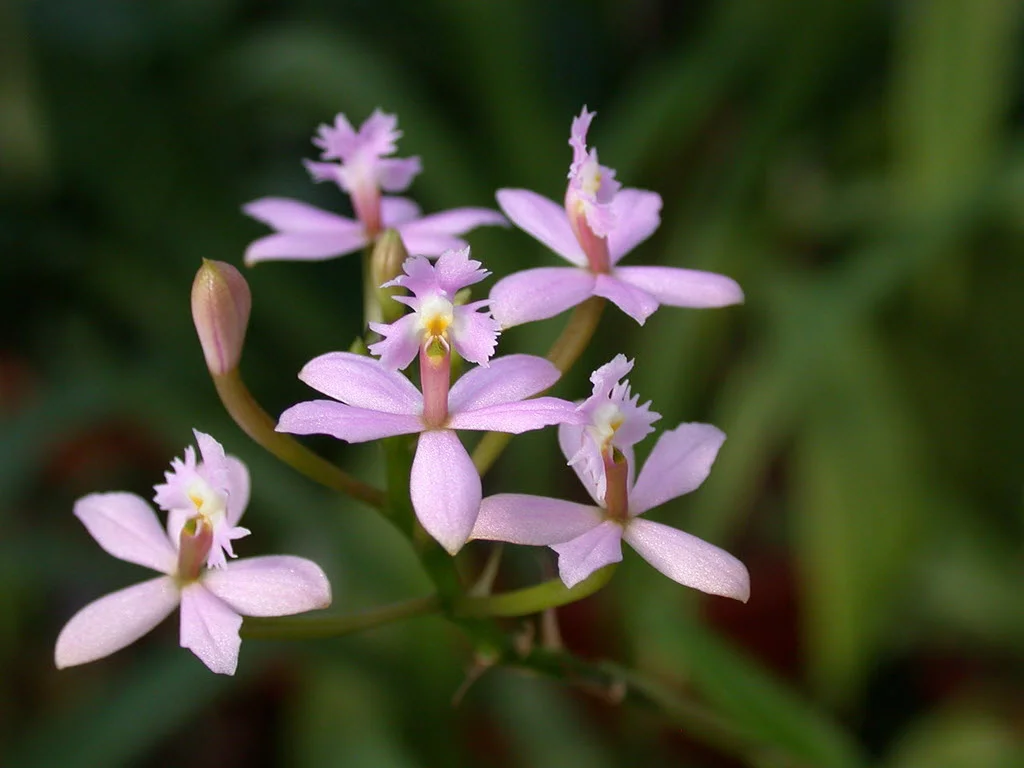Table of Contents
Pronunciation: CAT-lee-ah
Other Names: Corsage Orchids, Queen of Orchids
Introduction
Cattleya Orchids have the most varied forms out of all of the orchids available. You can get both large and small flowered Cattleyas year-round, and they're one of the most popular orchid species.
Cattleya Beaumesnil Parme
Originally, these plants come from Central and South America. They have pseudobulbs that develop a thin, papery membrane. The flowers vary from large to small, and they come in dozens of colors from pink and white to purple and yellows. The leaves are usually thick and grooved to help the plant retain moisture.
Temperature
These plants do very well with intermediate temperatures. During daytime hours, this orchid prefers temperatures to stay between 70°F and 80°F (21°C to 27°C). They like slight temperature drops at night, and you should try to keep the nighttime temperatures between 55°F and 60°F (13°C to 16°C).
It is important to note that a few Cattleya like more tropical temperatures. That said, the ranges we've listed will suit most in the genus. If your plant is getting enough light, but it isn't growing well, try increasing the temperature.
Light
Your orchid will do very well in high light conditions. For those in the northern hemisphere, place your orchid in a bright east-facing window to ensure it gets enough light. They won't be able to tolerate direct sunlight very well, and they're prone to sunburn.
If you have your orchid in an area that gets direct sunlight on a regular basis, provide netting or a shade structure to break it up. You can attempt to acclimate your orchid to direct sunlight, but you may end up damaging it instead.
Water and Humidity
During the spring and summer months when these orchids go through a rapid growth phase, they like a regular water schedule, and they like to dry out between watering. For the best results, water them every other day. They're easy to overwater, and this can lead to root rot.
During the slower growth season from fall through the winter, you can water them even less and go three or four days between watering. The rule 'when in doubt, do not water' is very fitting for these plants. They like their humidity levels to range between 50% to 70%.
Feeding
Feed your Cattleya orchids once a week starting in the spring and continue through the early fall months. The fertilizer should be a well-balanced mix that you've diluted to half strength. Mix half of a teaspoon to a teaspoon full of fertilizer into a gallon of water to get the correct concentration.
During their slow growth period in fall and winter, you can cut back on your fertilizing schedule. For the best results, feed your orchid once a month during this stage and resume its normal feeding schedule in the spring.
Potting
Most people like to plant this orchid in pots because it has a tendency to grow very large. However, the smaller species do very well in baskets. A potting medium with a mix of sphagnum moss, coconut husks, fine fir tree bark, and charcoal works very well.
You should repot your orchid once every year or so as they tend to outgrow their pots at a rapid pace. When you see their roots coming through your potting medium, it's time to repot them. It's ideal to do this in the spring when you see new growth forming.
Video
After one year of taking care of her Cattleya orchids, Danny of Miss Orchid Girl shares her expert tips on how to water, fertilize, and rebloom these plants.
Cattleyas are some of the most common and well-known orchid species around. Find more orchid types from our comprehensive list of the different orchid varieties. You just might stumble on a few more beautiful discoveries.
More Beautiful Plants











